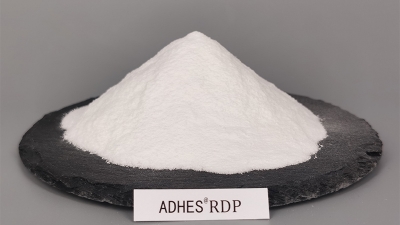Top Strategies for Maximizing Performance with Re-Dispersible Latex Powder Customized Solutions
Table of Contents
- Understanding Re-Dispersible Latex Powder and Its Applications
- Key Benefits of Customizing Re-Dispersible Latex Powder Solutions
- Techniques for Enhancing Performance with Tailored Formulations
- Optimizing Mixing Processes for Improved Latex Powder Performance
- Evaluating Performance Metrics in Custom Latex Powder Solutions
- Unlocking Superior Adhesion: The Role of High Flexible VAE Re-dispersible Polymer Powder in C2 Tile Adhesives
- FAQS
- Conclusion
- Related Posts
The construction world is always changing, and staying ahead by using innovative solutions has really become a key focus for manufacturers and developers these days. I mean, according to a report from the Global Construction Chemicals Market, the demand for construction additives is expected to hit around $50 billion by 2025—that’s huge! It just goes to show how important quality and customization are when it comes to boosting material performance. One company that’s making waves in this space is Longou International Business (Shanghai) Co., Ltd. They’re a top-notch manufacturer of construction chemical additives and provide practical solutions on the side. They really understand how crucial Re-Dispersible Latex Powder customized solutions are for getting great project results. By taking advantage of the unique properties of these versatile additives, construction pros can really amp up adhesion, flexibility, and durability of their products. In this blog, I’ll go over some of the best ways to use these customized latex powders to make sure your projects not only meet modern standards but actually surpass expectations—plus, delivering real value worldwide.
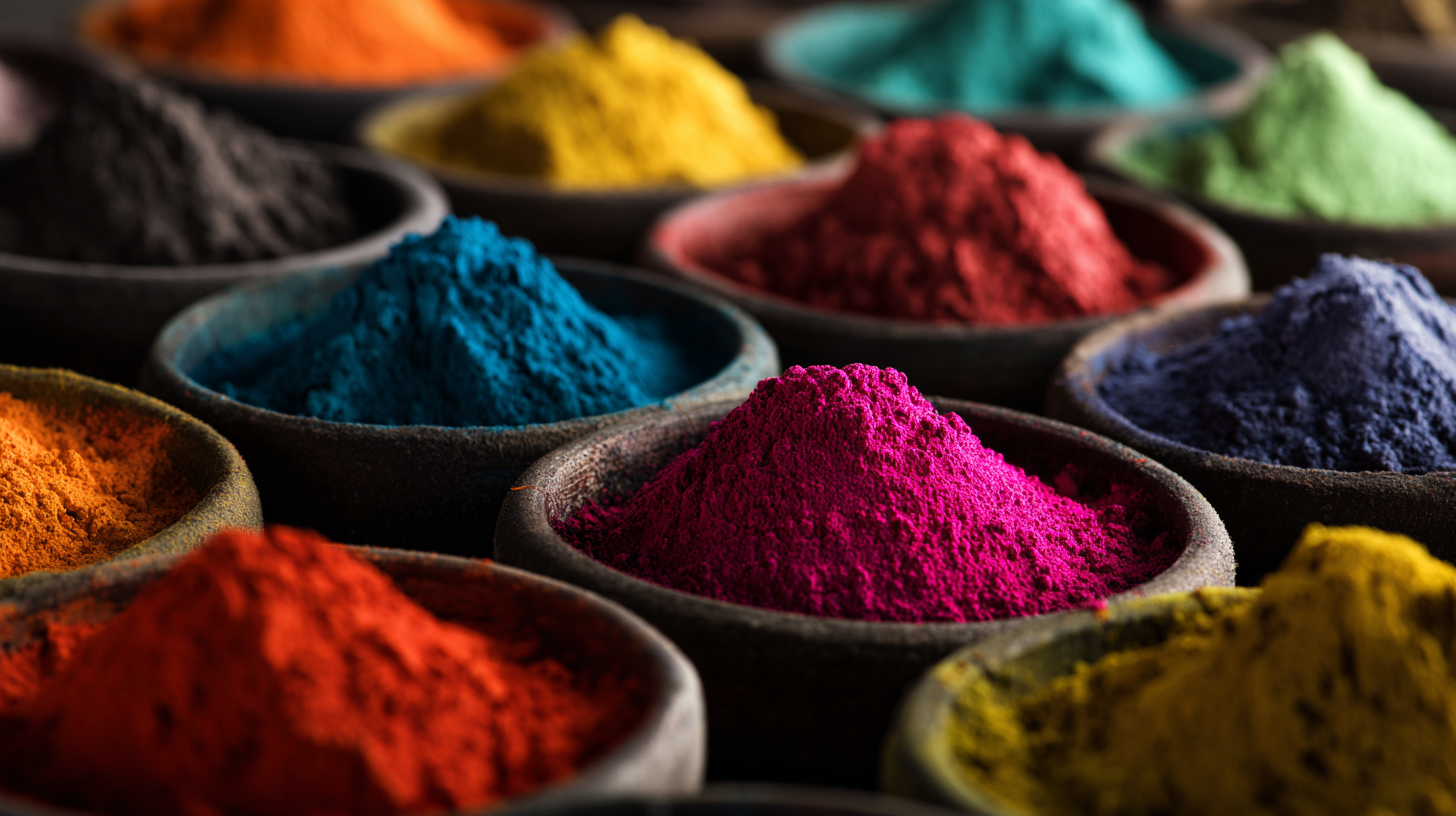
Understanding Re-Dispersible Latex Powder and Its Applications
Re-dispersible latex powder, or RDP for short, has really become a go-to in a bunch of different industries, especially in construction and coatings. It’s such a handy material — made up of tiny polymer particles — that you can easily mix back into water to create a stable latex. What’s cool about it is how it boosts adhesion, flexibility, and water resistance in the finished products. You’ll see RDP popping up in stuff like wall putty, tile adhesives, and dry mix mortars, making everything perform better and last longer.
If you’re working with RDP, here are some tips to help you get the best results. First off, pick the right RDP formulation based on what you need — whether it’s better green strength or more water resistance, there are options. Next, pay attention when you’re mixing. Adding water gradually while stirring helps keep the dispersion smooth and prevents clumping, which means your final product will turn out way better. And don’t forget about storage — keep RDP in a cool, dry place. Moisture can mess with its re-dispersibility, so proper storage keeps it working like it should for longer.
Adding RDP to your formulations can really boost your product’s performance. Once you understand how it works and where to use it, you can develop tailored solutions for your specific projects. That means better results, happier customers, and overall, a bit more confidence in what you’re building or coating with.
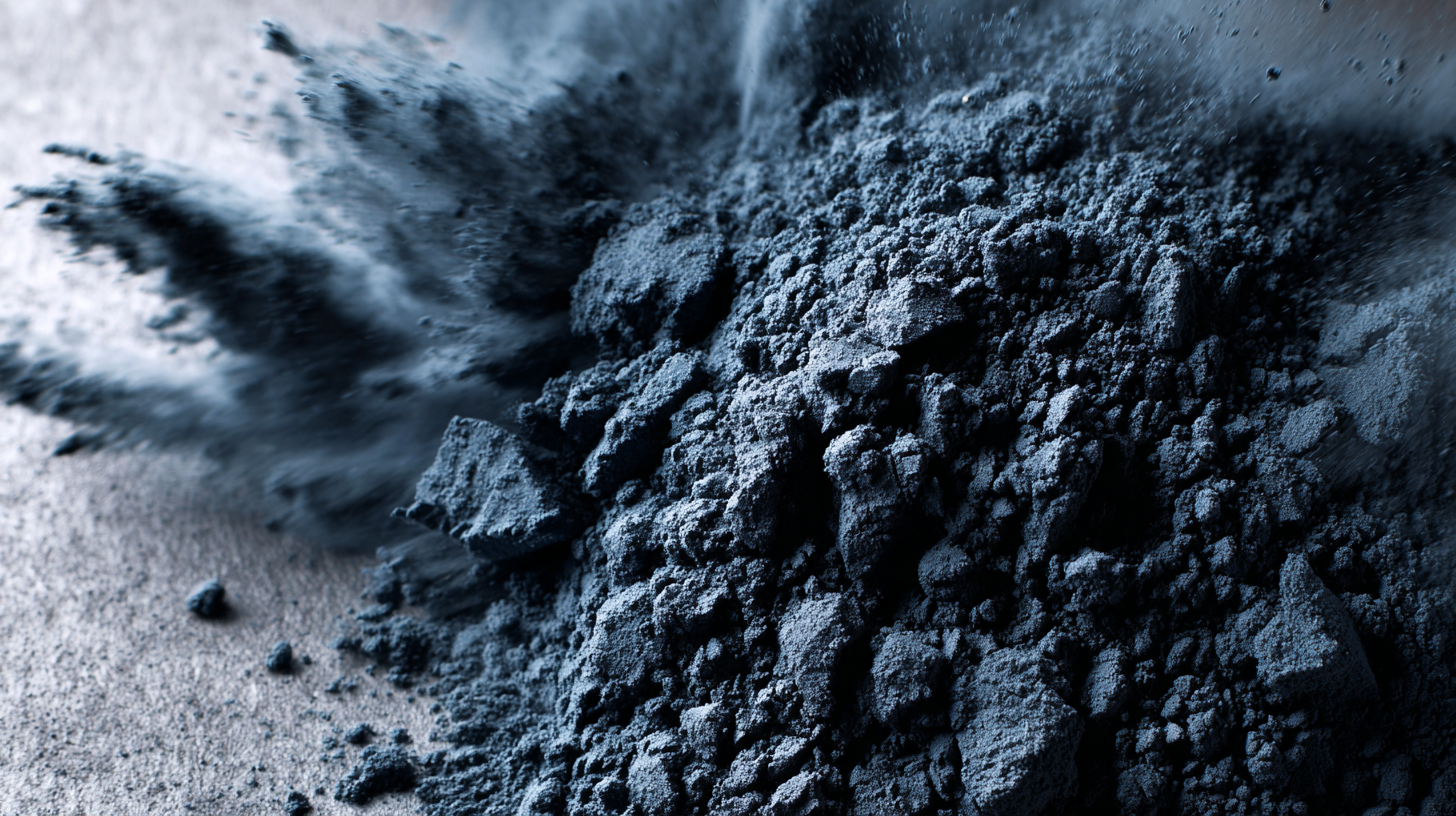
Key Benefits of Customizing Re-Dispersible Latex Powder Solutions
Customized re-dispersible latex powder solutions can really make a difference across various projects, especially in construction and coatings. When you tweak the formulation to fit the specific needs of your project, you’ll notice improvements in how your product performs—like better adhesion and quicker drying times. And honestly, this kind of customization often leads to smoother processes and can even help cut down your production costs in the long run.
One thing I’d really recommend is having a good chat with your suppliers about your exact requirements. Sharing what you’re aiming for and the kind of properties you need can help them craft a solution that hits the mark. It’s also a good idea to run some trials with different formulations — that way, you can figure out which mix works best for your particular application.
Plus, don’t forget to think about scalability. Make sure that any tweaks you make to the latex powder can be scaled up effectively without sacrificing quality. Getting this right from the start means fewer headaches down the road, making the move from small tests to full-scale production much smoother and less stressful.
Techniques for Enhancing Performance with Tailored Formulations
In the competitive world of today, boosting the performance of construction materials is more important than ever.
One of the best ways to do this is by creating customized formulations of re-dispersible latex powder.
What’s cool about this approach is that it allows manufacturers to tweak things so they meet specific needs—whether it’s sticking better, being more flexible, or resisting water.
When companies really understand what their particular applications require, they can fine-tune their formulas to get better results.
That means happier customers and longer-lasting products, all around.
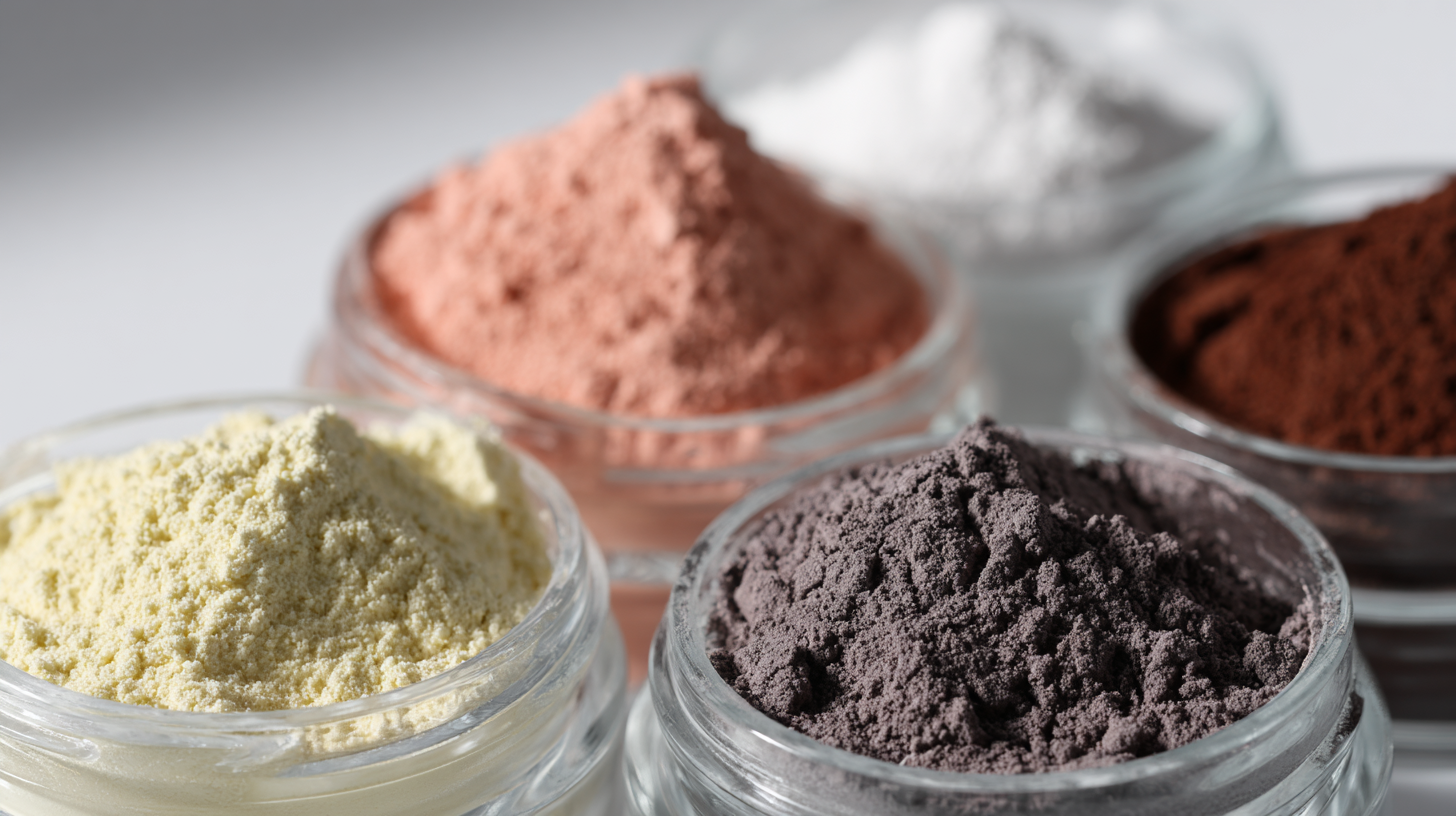
Getting these tailored formulas just right involves carefully looking at how and where the product will be used, plus the kind of traits they're after. For example, by playing around with the polymer makeup and the size of the latex particles, formulators can boost qualities like tensile strength or thermal stability. Throwing in additives like anti-foaming agents or surfactants can also give the performance a nice boost. At the end of the day, customizing the mix like this doesn’t just make the product better – it can also cut costs during production. So, it’s a total win for both manufacturers and their customers.
Optimizing Mixing Processes for Improved Latex Powder Performance
When it comes to re-dispersible latex powder, getting your mixing process just right is pretty much key to getting great results. A good, thoughtfully planned mixing routine not only helps make the latex more uniform, but also boosts how well it performs when you re-disperse it in water. Honestly, paying close attention to when and how you add your ingredients makes a big difference. For example, slowly pouring dry powders into the liquid really helps with wetting and dispersion — it keeps clumping to a minimum and makes the whole batch work better.
**Pro tip:** During those first critical stages, make sure to use high-shear mixing. That’s a fancy way of saying mix really intensively at the start — it helps break up any clumps and gets the particles nicely mixed in. Plus, keeping the temperature just right during mixing can do wonders for helping the materials interact better and makes the final product more stable.
**Another tip:** Don’t hesitate to experiment a bit—adjust the mixing speeds and times to see what works best for your specific formula. A little trial and error can go a long way in figuring out the perfect settings, which ultimately influences the viscosity and overall performance of your latex powder. Fine-tuning your process this way ensures you end up with a product that hits all your target specs and performs like a champ.
Performance Enhancement Strategies for Re-Dispersible Latex Powder
Evaluating Performance Metrics in Custom Latex Powder Solutions
When you're looking into performance metrics for customized re-dispersible latex powder solutions, it’s really important to think about both their mechanical strength and how durable they are over time. Recent research has highlighted how adding certain materials can actually boost the concrete’s properties—like, for example, waste glass powder. When this stuff is mixed into cement mortar, it can really give the compressive strength a nice boost. What's pretty cool is that researchers are using both traditional lab tests and machine learning methods to get a clearer picture. This kind of dual approach not only helps pinpoint exactly how well these materials perform, but it also shows that using recycled stuff in construction could definitely be scaled up and made practical.
On top of that, how different materials work together is a pretty big deal, whether we're talking construction or packaging. For example, experiments with asphalt mixed with waste marble powder have shown that it actually makes the pavement better at resisting rutting—so, it lasts longer under traffic. And, by tweaking the amount of filler, the results can vary quite a bit. This just goes to show how important it is to do thorough testing when you’re developing these custom solutions. By using structured evaluation methods—like machine learning and structural assessments—industries can fine-tune their processes and come up with formulas that hit the performance marks while also being environmentally friendly. All in all, it’s about balancing effectiveness with sustainability, and the data clearly backs that up.
Unlocking Superior Adhesion: The Role of High Flexible VAE Re-dispersible Polymer Powder in C2 Tile Adhesives
The use of high flexible VAE re-dispersible polymer powders in C2 tile adhesives is a game changer for the construction industry. Among these products, ADHES® VE3213 stands out due to its exceptional performance characteristics. This polymer powder, synthesized from ethylene-vinyl acetate copolymer, demonstrates outstanding flexibility and impact resistance. According to industry reports, incorporating such polymer powders can enhance the adhesion performance of mortar by as much as 30% compared to traditional adhesives. This is crucial for applications where the substrate might experience varying levels of stress and temperature fluctuations.
Moreover, the versatility of ADHES® VE3213 makes it ideal for different application scenarios. It effectively bridges the gap between the mortar and common substrates, ensuring a strong bond that withstands the rigors of daily use. The International Tile and Stone Institute has indicated that using advanced adhesive formulations can significantly reduce failures associated with tile installations, highlighting the importance of product selection in enhancing durability and performance. With the addition of high flexible VAE re-dispersible polymer powders, manufacturers are not only meeting but exceeding these standards, providing solutions that lead to longer-lasting tile applications in residential and commercial properties alike.
FAQS
: RDP is a versatile material composed of polymer particles that can be easily re-dispersed in water to form a stable latex, enhancing adhesion, flexibility, and water resistance in various applications.
RDP is widely used in the construction and coatings industries, particularly in products such as wall putty, tile adhesives, and dry mix mortars.
The selection of RDP should be based on application requirements, as different formulations offer varying benefits like improved green strength or enhanced water resistance.
Gradually adding water to RDP while stirring is recommended to achieve uniform dispersion, avoiding clumping and ensuring better performance in finished products.
RDP should be stored in a cool, dry place to maintain its quality and effectiveness, as exposure to moisture can affect its re-dispersibility.
Tailoring formulations allows manufacturers to meet specific performance criteria, such as adhesion, flexibility, and water resistance, ultimately enhancing product longevity and customer satisfaction.
Additives like anti-foaming agents or surfactants can be incorporated to enhance the performance characteristics of RDP, influencing properties such as tensile strength and thermal stability.
A well-structured mixing process improves the uniformity and performance of the latex when re-dispersed, maximizing the final product's properties.
Use high-shear mixing methods initially to break down agglomerates, and experiment with varying mixing speeds and durations to find the ideal parameters for specific formulations.
By implementing a trial-and-error approach in the mixing process, manufacturers can determine how variables impact viscosity and performance, leading to optimal results in the final product.
Conclusion
Looking for better construction materials? Customizable re-dispersible latex powders might just be the game-changer you’re after. Knowing the ins and outs of these powders—their unique properties and how they’re used—is super important for industry pros who want to boost their products’ performance. One of the great perks of customizing these solutions? You get better adhesion, more flexibility, and improved resistance, which helps ensure your projects meet those tough quality standards.
Of course, to get the most out of these formulations, you gotta tweak your mix and optimize your process. It’s all about testing and evaluating to fine-tune your products for whatever specific job you’re working on. At Longou International Business (Shanghai) Co., Ltd., we’re all about delivering innovative construction chemical additives. Our goal? Helping customers worldwide unlock the full potential of tailored re-dispersible latex powders for their unique needs.
Think of it as giving your building projects that little extra edge—more reliable, more durable, and more suited to your specific requirements.
Related Posts
-
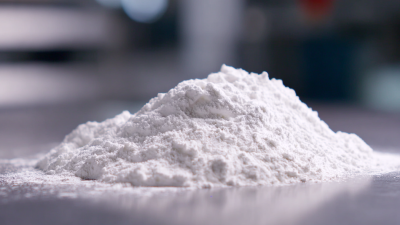
How to Effectively Utilize Hydroxy Propyl Methyl Cellulose in Your Manufacturing Process
-
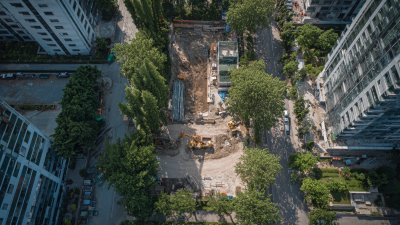
Understanding the Functionality of Polycarboxylate Superplasticizer in Modern Construction
-
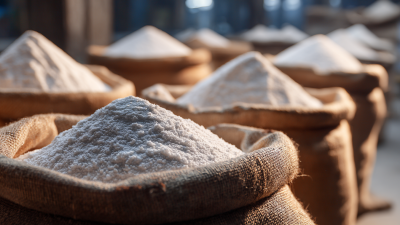
Crafting Excellence with Chinese Manufacturing Powered by Best Thickening Agent Hpmc for Detergent
-

7 Essential Tips for Understanding Hydroxyethyl Cellulose Solubility in Water
-
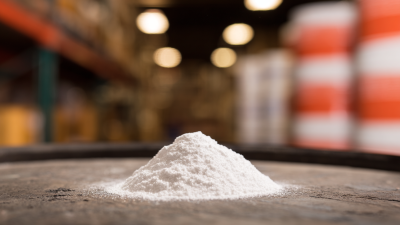
How to Maximize Performance with Redispersible Polymer Powders in Your Formulations
-

Global Sharing of Chinese Excellence in Best Rd Powder Applications for Reliable Quality
Blog Tags:






